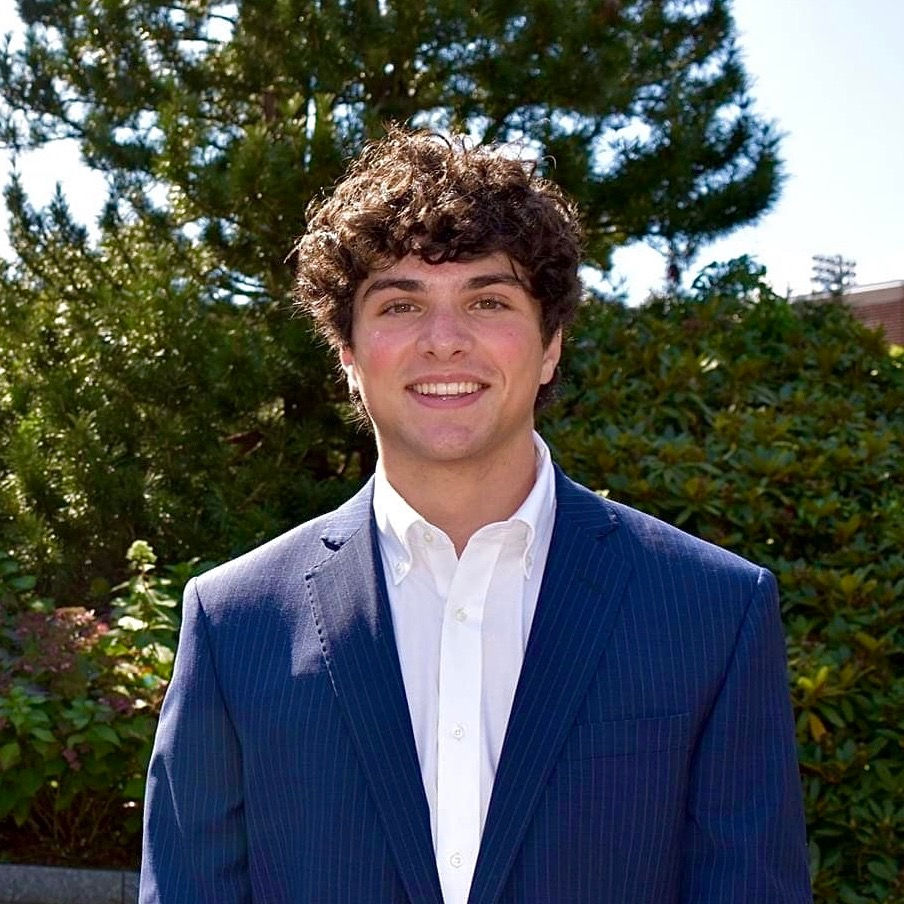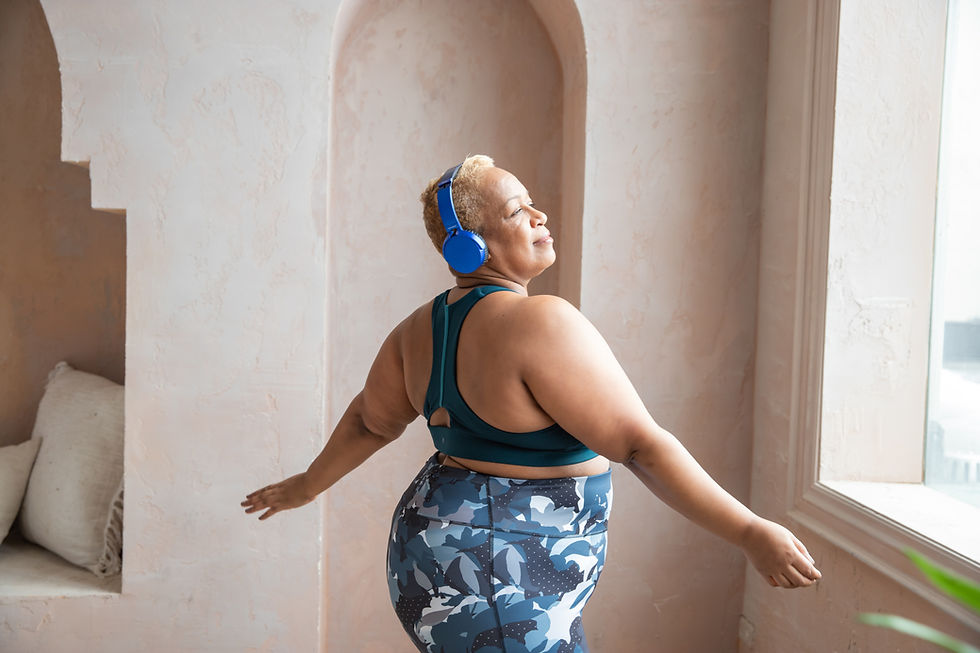Plus-Size Representation in Media
- Nov 9, 2022
- 3 min read
Last week, Disney announced a new short film, Reflect, with its first plus-size female protagonist. The short story follows a young ballet dancer, Bianca, who “battles her own reflection, overcoming doubt and fear by channeling her inner strength, grace and power.”

We are thrilled to see body positivity making its way to Disney! This news has sparked many conversations surrounding weight, body image, and media representation. Many have celebrated this new short film for helping young audiences who don't identify with traditional Disney characters feel more positively about themselves and how they look.
Larger body size representation in the media has been an issue for a long time. It was only recently that conversations surrounding plus size representation in media have started to gain traction. And, yes, there are plus size characters and figures in mainstream media, but it is the way in which they are represented where the issues arise.
Most of the time, plus size characters are included in stories as a form of comedic relief. A lot of these characters are either the funny best friend, the character in need of a makeover, the lazy slob, or the eccentric villain. They are also normally included as side characters, rather than protagonists of a story.
Some examples of these types of characters are Patrick Star, Fat Amy, Megan (Bridesmaids), Ursula, Jabba the Hutt, and Fat Bastard. Although some of these characters are beloved by many, it's important to recognize the subconscious messages they may be spreading surrounding weight and the qualities attributed to it. You can have plus size characters that are humorous, lazy, or villainous, but that can't always be their entire character. There have to be stories for plus size characters that don't revolve around these categories.
Sexism also plays a role in representation, as sexism and fat-phobia go hand in hand.
If a woman is overweight in a movie or TV show, that’s usually her whole character. Whereas, male characters are allowed to be fat without their entire plotline being centered around their weight. It is also considered more acceptable for male characters to be a larger weight, as they are not held to the same standards that female characters are.
Changing these systems takes time. But there are body positive films, tv shows, and other forms of media that are taking steps towards broadening representation across all identities.
Here is a list of stories that are helping move representation and the conversations around it forward! Do you have any to add?
Hairspray
Little Miss Sunshine
Insecure
Orange Is The New Black
Glee
I Feel Pretty
Dumplin
This is Us
Girls
Pose
Shrill
Superstore
Our app is coming!
Learn more and join our waiting list!
🧡Join our ED Recovery Discord here!
(If you don't have Discord, it's easy and free to sign up!)

Written by
Jack Manthous
Jack is an intern at Beanbag Health. He is a senior at the University of Connecticut, majoring in Management. Jack states that he has already learned so much during his time at Beanbag Health and feels excited to be a part of a company that is working towards making eating disorder recovery support more accessible. He is looking forward to a future where everyone will be able to access affordable and effective mental health care.

Reviewed By:
Lindsey Depledge
Lindsey is one of the founders of Beanbag Health with a personal passion for eating disorders. She's a behavioral scientist with a background in health-tech and ed-tech in the US. She has designed healthcare and education programs at scale, engaging millions of Americans and thousands of students globally, including many from traditionally underserved backgrounds.



Comments